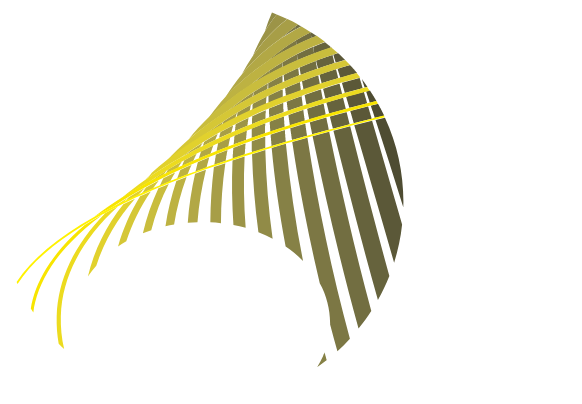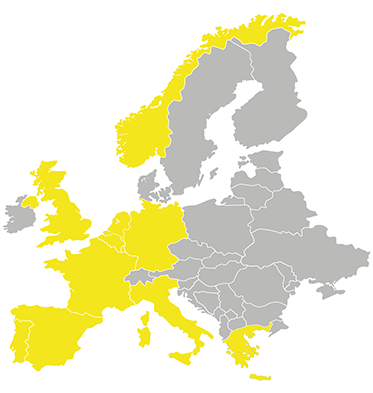Horizon 2020 and the innovation value chain
Horizon 2020 was started to impact the European innovation landscape. Although its innovative potential and ambition are unequalled in Europe, Horizon 2020 also has severe inefficiencies. We see these particularly in the process from idea to exploitation, which is the basis of all R&D and innovation. This ‘innovation value chain’ consists of a few steps:
- An idea is born and must be shaped into a project proposal.
- A project takes place and yields results.
- The results of a project are brought to the market.
Horizon 2020 allots funding for most steps in this innovation value chain.
Hurdles for Horizon 2020: from idea to project
Even with the funding from Horizon 2020, the innovation value chain does not run effortlessly from point A to point Z. We have seen projects fail on three ‘stops’ along this route. They fail to have impact, or fail to even leave the drawing board. This should not be acceptable. One of the points in which the programme needs adapting, is the translation of ideas (proposals) to projects. Innovators must now overcome two hurdles on their way to innovation:
- It is often time consuming to apply. Also, it often takes a lot of time for an application to be assessed and approved.
- Project management strategies and dissemination and exploitation strategies are notoriously complicated to develop, which causes some organisations to miss their innovation window.
Possible solutions for this phase
We see two possible solutions the Horizon 2020 programme could use to remove these hurdles:
- Simplify the project management structure by adding standardised project management demands. This is already compulsory for professionals in many EU countries. A demand could be that an organisation should always use certified project managers in the project: think of a PRINCE2 certification. By adding these requirements, writing an application should take less time. But, it should be said: the demands should be realistic in order to be effective.
- Standardise the demands for dissemination and exploitation strategies. This is more difficult than standardising management requirements, because every market is different and there are no standard methodologies (like PRINCE2). However, some general rules and provisions could be applied. Think of requiring companies to involve exploitation partners with sufficient experience and a track record.
Our services gladly help our customers across the hurdles in the innovation process. But we believe our clients – and the European innovation landscape in general – would profit more from a more standardised application process.
Want to read more about our solutions for Horizon 2020?
In our ePaper about Horizon 2020 you will find our other solutions for the issues within Horizon 2020. Download the ePaper.




